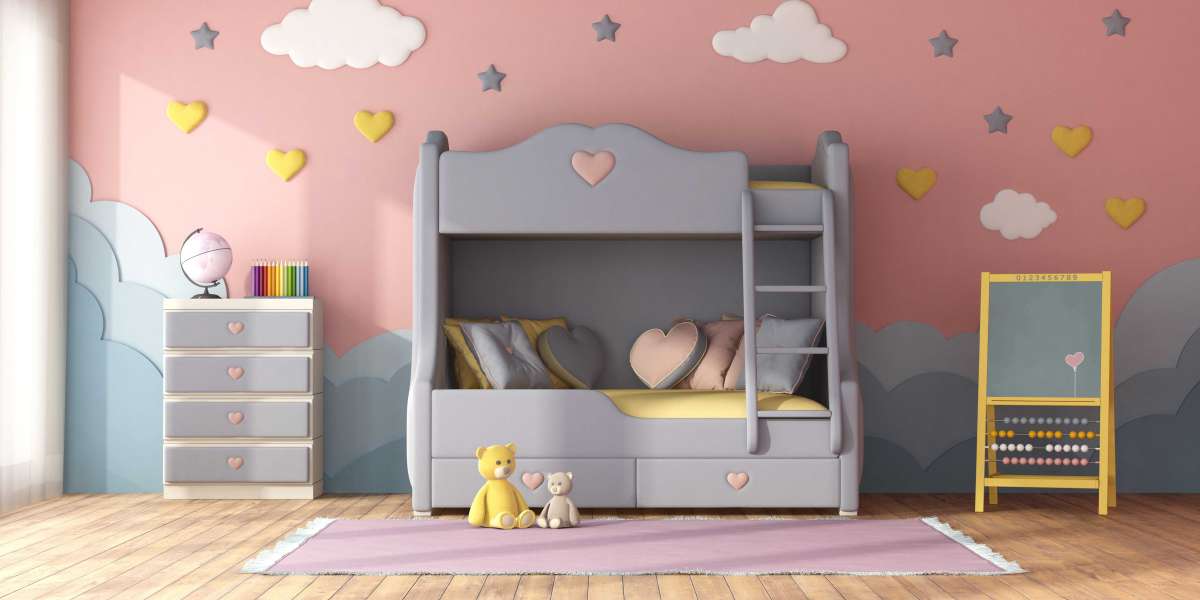The Importance of Proper Lighting
From its origins to its current uses, it has a rich history that is worth examining crystal clear detailing in low light conditions.When it comes to achieving crystal clear detailing in low light conditions, proper lighting is key. Whether you are working on a photography project, conducting a scientific experiment, or simply trying to enhance visibility in dark environments, having the right lighting setup can make all the difference.

Understanding Light Sources
There are various types of light sources that can be used to achieve crystal clear detailing in low light conditions. Natural light, artificial light, and specialized lighting equipment all play a role in illuminating your subject and bringing out the finer details.
Utilizing Natural Light
Natural light, such as sunlight or moonlight, can be a great source of illumination for capturing crystal clear detailing in low light conditions. By positioning your subject in the path of natural light, you can create stunning effects and highlight intricate features.
Harnessing Artificial Light
Artificial light sources, such as LED lights or studio lighting setups, are essential tools for achieving crystal clear detailing in low light conditions. These lights can be adjusted to provide the right amount of brightness and color temperature for your specific needs.
Optimizing Camera Settings
In addition to using the right lighting sources, adjusting your camera settings is crucial for capturing crystal clear detailing in low light conditions. By tweaking parameters such as ISO, aperture, and shutter speed, you can enhance image clarity and reduce noise in dark settings.
Setting the Right ISO
ISO sensitivity determines how your camera sensor responds to light, making it a critical factor in achieving crystal clear detailing in low light conditions. By selecting the appropriate ISO setting based on the available light, you can prevent underexposure or overexposure and maintain image quality.
Choosing the Ideal Aperture
Aperture controls the amount of light that enters the camera lens, influencing depth of field and image sharpness in low light conditions. By selecting the right aperture setting, you can ensure that your subject is in focus and that details are rendered with precision.
Enhancing Post-Processing Techniques
After capturing your images in low light conditions, post-processing techniques can further enhance crystal clear detailing. Software tools such as Adobe Photoshop or Lightroom offer a range of features for adjusting exposure, contrast, and sharpness to achieve optimal results.
Adjusting Exposure Levels
Exposure adjustments can help correct brightness and contrast issues in images taken in low light conditions. By fine-tuning exposure levels during post-processing, you can bring out hidden details and create a more visually appealing final product.
Sharpening Image Details
Sharpening tools in editing software can be used to enhance image clarity and bring out crystal clear detailing. By selectively sharpening specific areas of an image, you can emphasize textures, patterns, and fine lines that may have been less visible in the original shot.



